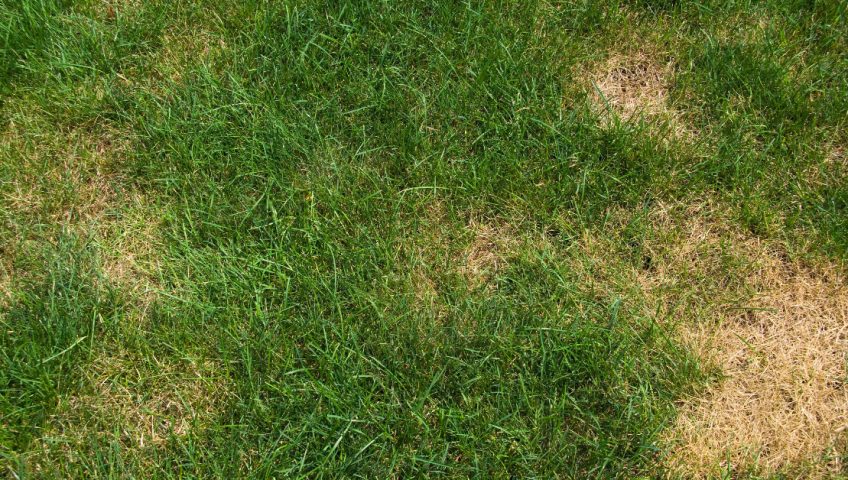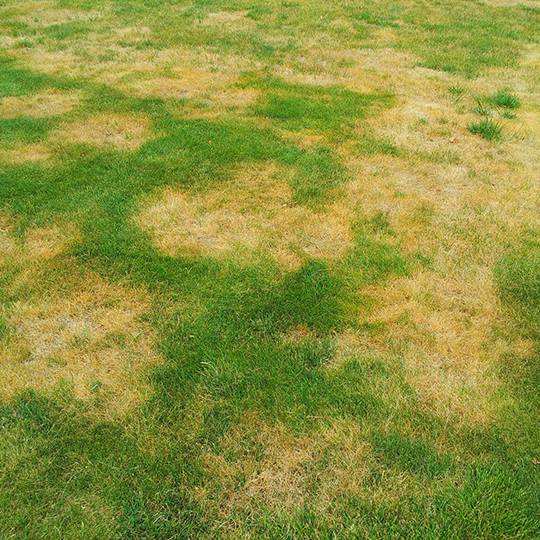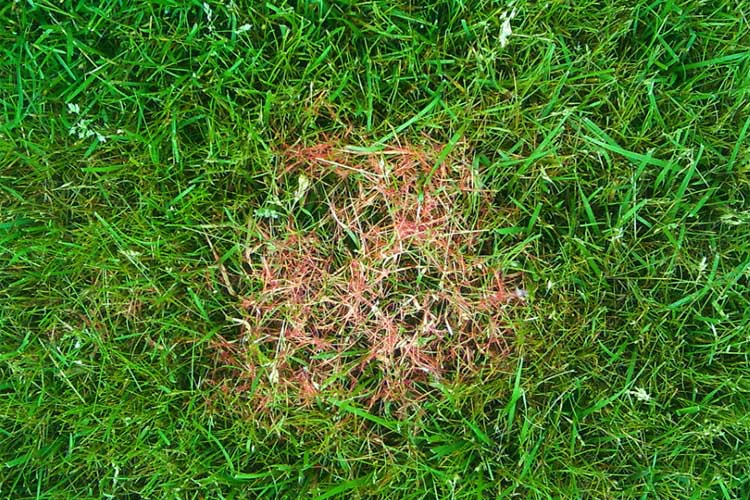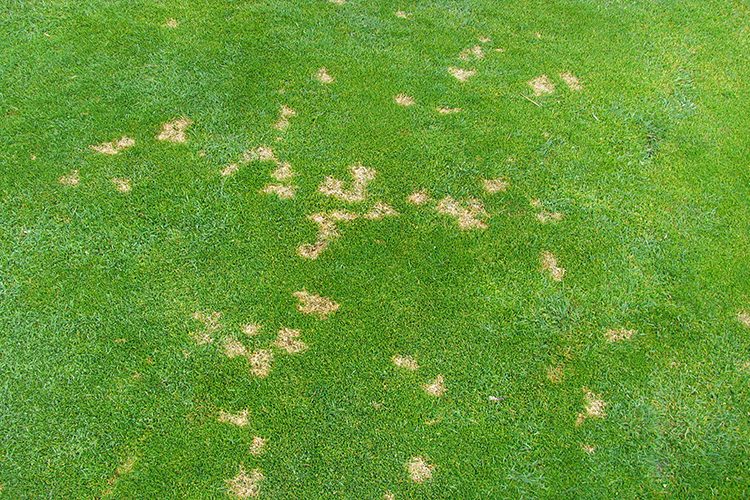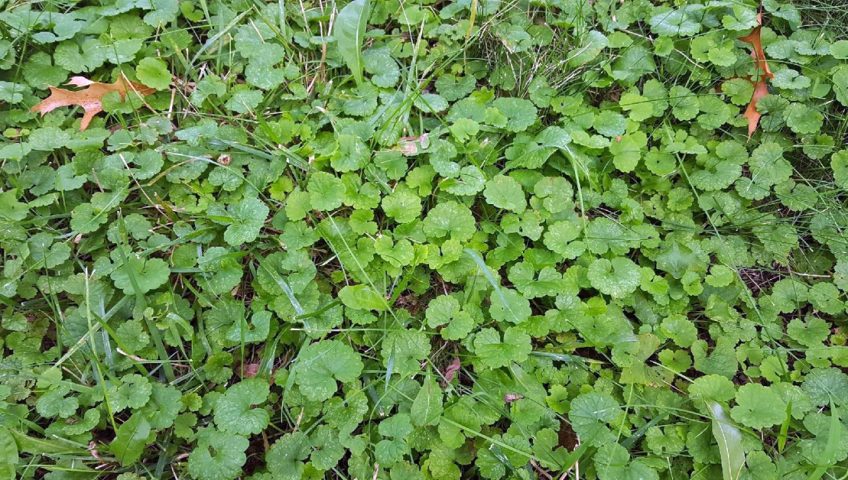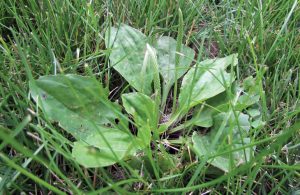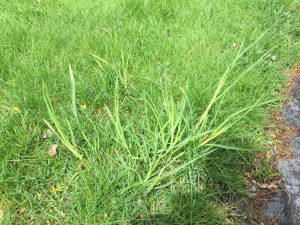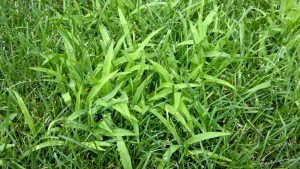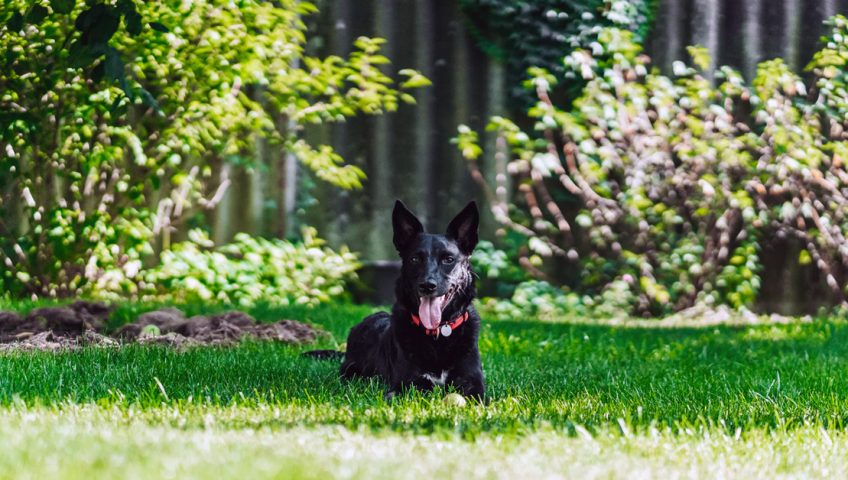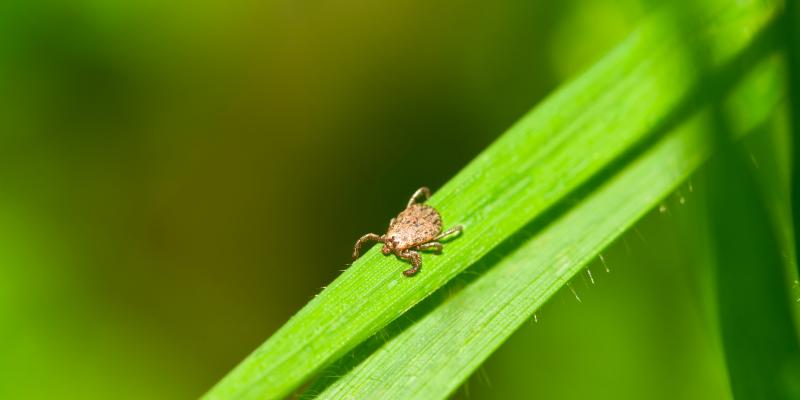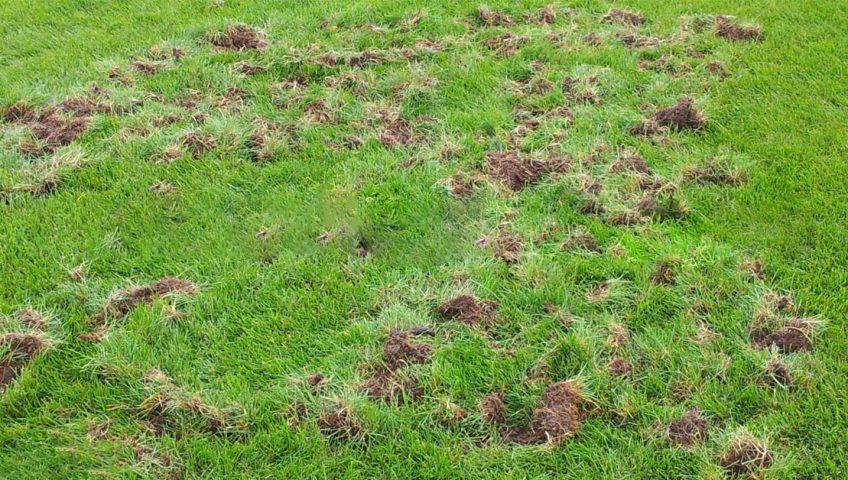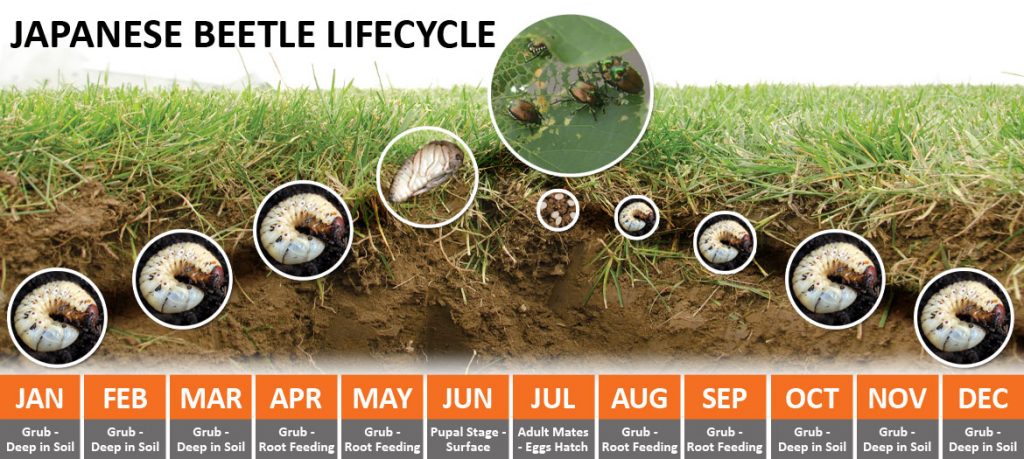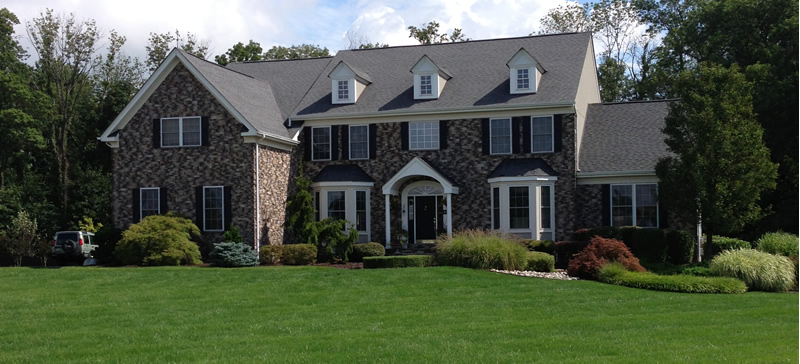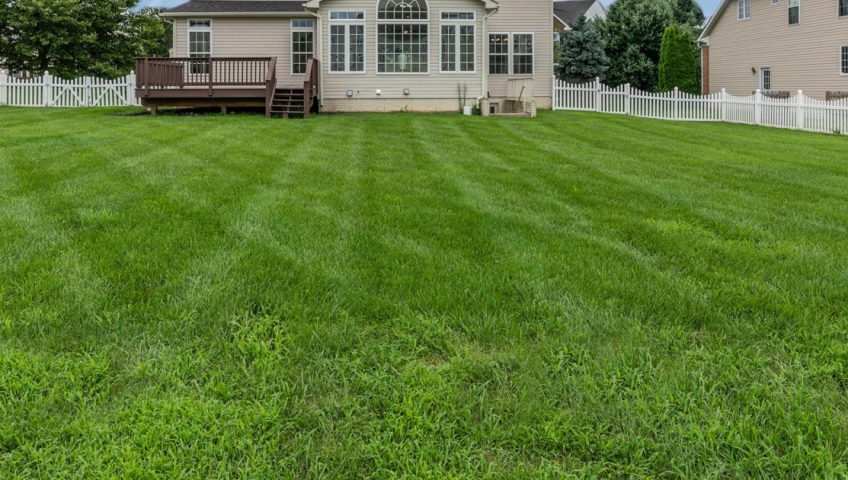
The Importance of Fall Seeding, Core Aeration, and Fertilizing
If you want a healthy, thick lawn fall core aeration, seeding and fertilizing is key. Is it worth the cost? Yes, if it is done the proper way!
Core Aeration
Core Aeration is the process where a ground-driven machine, using spikey hollow tubes spaced evenly across a rotating flange, dig into the soil. This allows the unit to move over your lawn, removing plugs. The holes left behind allow air, water, and nutrients to reach deep into the ground, promoting turf root growth, and reducing soil compaction. The holes left behind will soon decompose and provide additional nutrients for your lawn. For the best possible results, we use a ride-on tractor with a thousand-pound press, ensuring deep penetration. A walk-behind aerator does not puncture the ground deep enough.
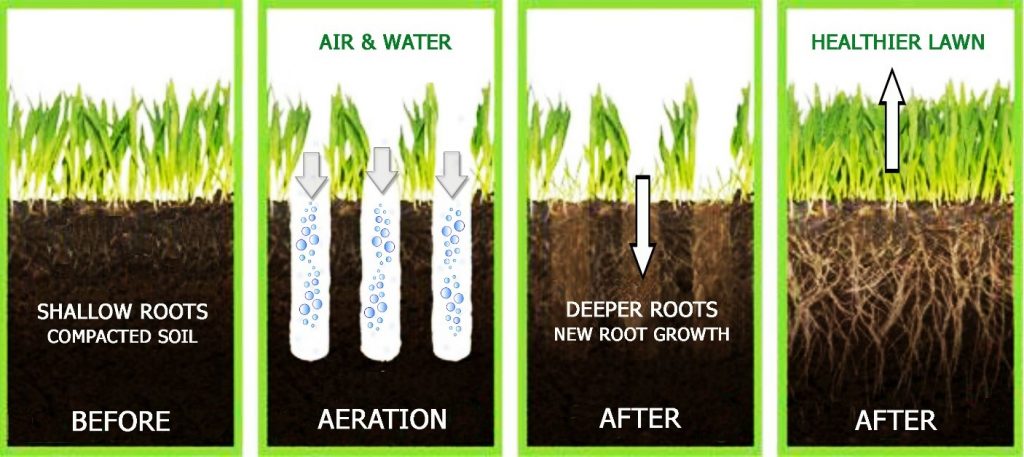
Pro-Tip
Before aerating, make sure you remove any obstacles that may be present. If you have any in-ground irrigation system, be sure to mark all sprinkler heads as the aerator can severely damage the sprinkler heads.
Seeding and Fertilizing
While completing the core aeration, seeding and fertilizing is key. After the core aeration, you will have a good site for seed germination. We recommend seeding during the cool season, allowing for the best possible germination. Mostly around late August, September, and early October. There are a few concerns we make sure not to do. First, we never apply a crabgrass preventer as this product will keep your grass seed from germinating as well. Secondly, we cannot apply a weed control for dandelions, clover, or other weeds until the new seed has germinated and has been mowed three or four times. Light, frequent watering is the best for new seed. If you plan to have your whole lawn seeded, we highly recommend you water all you can for the best results. We only select from our vendors seed varieties that are disease and drought-resistant that are exceptionally durable and get a dark green color. Adaptability is everything and the types of seeds that we choose for your property will be as adaptable as possible for your lawns specific requirements.
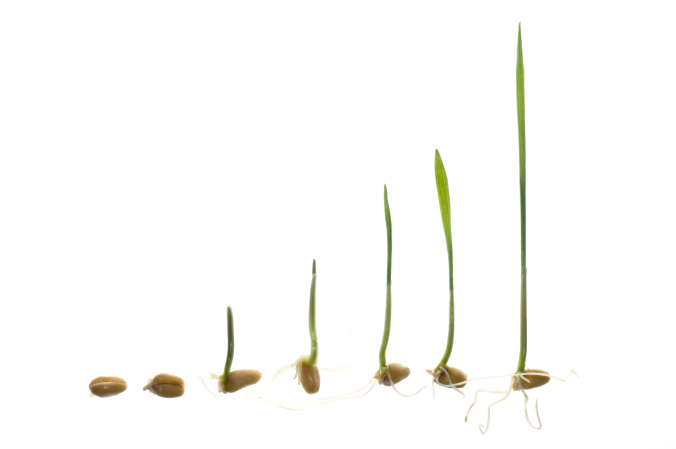
Stages of Grass Seed Germination
Pro-Tip: Mowing and more!
Allow at least a week before cutting your lawn to 2.5 – 3 inches in length. Leave the clippings on the lawn after mowing. You should also do your best to supply one inch of water to your lawn at least once every other week. We usually try to talk customers out of seeding in the spring so that the weeds can be treated and controlled throughout the spring and summer. Then, it makes sense to aerate and seed in the fall. The fertilizer you apply now and throughout the summer will help to thicken the lawn and get it in better shape for the fall.
Contact us for more!
Check out more of our Lawn Care tips on Facebook!
